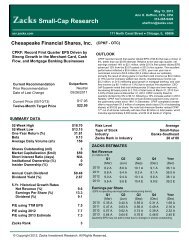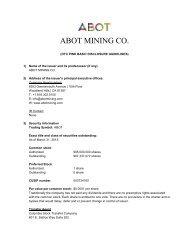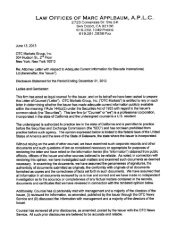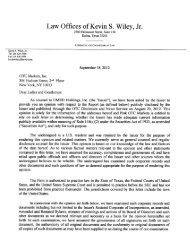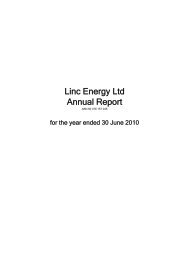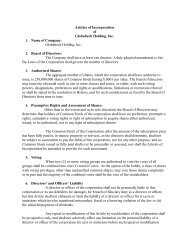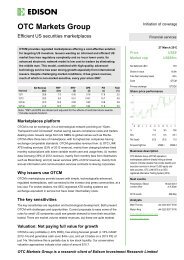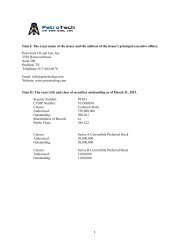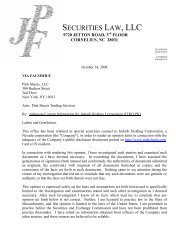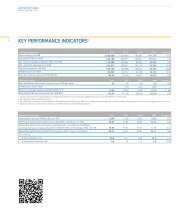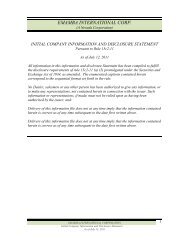2013 Apr 15 Annual Report 2012 - Phosphagenics
2013 Apr 15 Annual Report 2012 - Phosphagenics
2013 Apr 15 Annual Report 2012 - Phosphagenics
Create successful ePaper yourself
Turn your PDF publications into a flip-book with our unique Google optimized e-Paper software.
Notes to the consolidated fi nancial statements<br />
2. SUMMARY OF SIGNIFICANT ACCOUNTING POLICIES (CONTINUED)<br />
(q) Inventories<br />
Inventories including raw materials, work in progress and fi nished goods are valued at the lower of cost<br />
and net realisable value. Costs incurred in bringing each product to its present location and conditions<br />
are accounted for as follows:<br />
Raw materials<br />
Purchase cost on a fi rst-in, fi rst-out basis. The cost of purchase comprises the purchase price including,<br />
import duties and other taxes (other than those subsequently recoverable by the entity from the taxing<br />
authorities), transport, handling and other costs directly attributable to the acquisition of raw materials.<br />
Volume discounts and rebates are included in determining the cost of purchase.<br />
Finished goods and work-in-progress<br />
Cost of direct materials, labour and a proportion of variable and fi xed manufacturing overheads based<br />
on normal operating capacity.<br />
Net realisable value is the estimated selling price in the ordinary course of business, less estimated costs<br />
of completion and the estimated costs necessary to make the sale.<br />
(r) Trade and other receivables<br />
84<br />
Trade receivables, which generally have thirty to sixty day terms, are recognised initially at fair value<br />
and subsequently measured at amortised cost using the effective interest method, less an allowance<br />
for impairment.<br />
Collectability of trade receivables is reviewed on an ongoing basis. Individual debts that are known to be<br />
uncollectible are written off when identifi ed. An impairment provision is recognised when there is objective<br />
evidence that the Group will not be able to collect the receivable. Financial diffi culties of the debtor, default<br />
payments or debts more than ninety days overdue are considered objective evidence of impairment.<br />
The amount of the impairment loss is the receivable carrying amount compared to the present value<br />
of estimated future cash fl ows, discounted at the original effective interest rate.<br />
(s) Plant and Equipment<br />
Plant and equipment is stated at cost less accumulated depreciation and any accumulated impairment<br />
losses. Depreciation is calculated on a diminishing value basis as follows:<br />
Computer Equipment – 33% p.a.<br />
Plant and equipment – 20% p.a.<br />
Offi ce Equipment - 20% p.a.<br />
The assets’ residual values, useful lives and amortisation methods are reviewed, and adjusted<br />
if appropriate, at each reporting period. When no future economic benefi ts are expected to arise from<br />
the continued use of an item of property, plant and equipment, it is derecognised. Any gain or loss arising<br />
on derecognition of the asset (calculated as the difference between the net disposal proceeds and the<br />
carrying amount of the item) is included in the statement of comprehensive income in the year the item<br />
is derecognised.<br />
PHOSPHAGENICS ANNUAL REPORT <strong>2012</strong>



